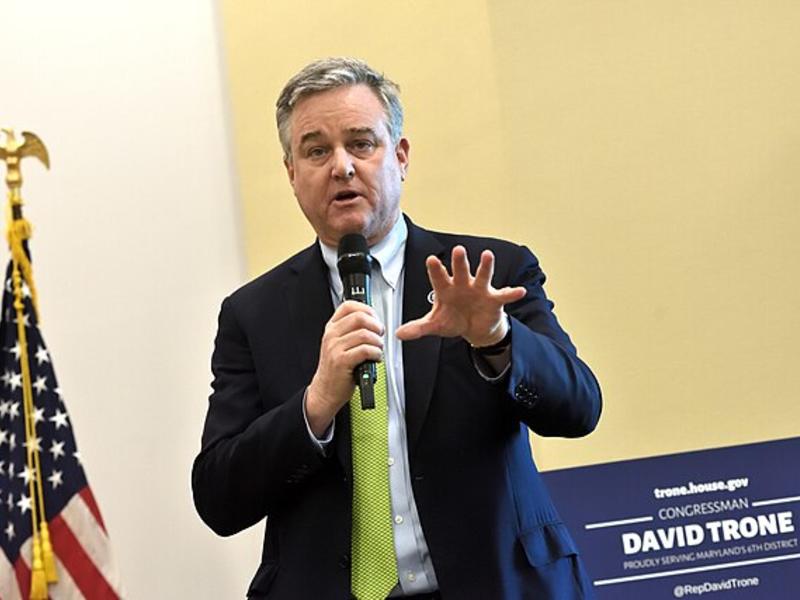
Was the 2016 election a one-off — a once-in-a-lifetime contest between two fundamentally flawed contestants? Or, was it a realignment election; the end of Democratic dominance in the industrial Midwest as well as the loosening of the Republican grip on southwestern states like Arizona and Texas? Was Clinton the outlier in 2016 or was Obama? Who reflected the real state of play for Republicans in battleground states — Trump or Romney?
To give us some perspective, my colleague Ally Flinn built a chart to track Democratic/Republican performance in 2012, 2016 and 2018 for every state listed as competitive on our 2020 Electoral College Ratings. We also included President Trump’s job approval/disapproval ratings in those states for 2018 (Gallup aggregated its findings in every state), as well as his current job approval rating in that state. For his current job approval rating we’ve used both the February Morning Consult 50-state survey as well as the most recent poll taken in that state. The bluer the square, the more Democratic or better for Democrats. The redder the square, the more Republican or better for a Republican.
(PDF Link)
Here are the takeaways:
1. Clinton underperformed Obama more than Trump outperformed Romney.
Look at the Democratic chart and compare 2012 to 2016. There are a lot more red squares in 2016 than there were in 2012. In 2012, four of the 18 battleground states and districts were red. In 2016, 13 were in the red. Clinton underperformed Obama in every state but Texas and Arizona. And the drop-off was dramatic in places like Maine (-11), Iowa (-10), WI (-7), and Ohio (-7).
Meanwhile, Trump didn’t improve much on Romney’s margins. In 2012, four states/CDs were in the red. In 2016, there were only four as well. Trump made small increases over Romney in the blue wall states, but still carried them with under 50 percent; Michigan (+3), Pennsylvania (+1), Wisconsin (+1).
2. The 2018 Democratic statewide elections looked more like 2012 than 2016.
In Minnesota, for example, appointed Democratic Sen. Tina Smith won the election with 53 percent, while Democratic Rep. Tim Walz won the open gubernatorial contest with 54 percent. That tracks more in-line with Obama’s 53 percent showing in 2012, than with Clinton’s 46 percent. Moreover, Trump’s current 39 percent job approval rating is closer to 2018 GOP performance in the state (42 percent), than his 2016 showing of 45 percent.
3. Trump’s job disapproval for Feb. 2019 matches Obama's performance from 2012.
Was Clinton’s performance in these battleground states a Democratic floor? Or was Obama’s showing the Democratic ceiling? At this point, it looks like Obama’s may be the ceiling. Negative opinions of the president are more closely aligned with Obama’s 2012 showing in the state than Clinton’s 2016 performance. Now, to be sure, job approval is not the same as vote share. But, we also know that: 1) opinions of the president have been incredibly stable over the last two years; 2) the correlation between opinion of the president and 2018 vote was highest ever (h/t Harry Enten at CNN); 3) getting people who say they don’t like you to vote for you isn’t impossible. But, it’s easier to move 2-3 percent of those folks. Harder to move 5, 6, 7 points.
Let’s take Michigan. Hillary lost the state, taking just 47 percent to Trump’s 48 percent. Trump’s current job disapproval rating in the state is between 53-55 percent. That matches up pretty well with Democratic statewide vote share in 2018 (52 percent for Sen. Debbie Stabenow and 53 percent for Gov. Gretchen Whitmire), as well as Obama’s 54 percent.
Then there’s Wisconsin, where Trump defeated Clinton 48 to 46 percent. Today, Trump’s disapproval rating is somewhere between 52-55 percent. In 2018, Democratic Sen. Tammy Baldwin carried the state with 55 percent in 2018 while Democratic Gov. Tony Evers won with 50 percent. President Obama won the state with 53 percent.
4. What’s the point of all of this?
In its current form, this chart isn't meant to be predictive. Instead, it's meant as a reference guide. Here's how Trump/Republicans performed in each state over the last three years, and here's the same for Clinton and Democrats. For now, we are using Trump's job approval ratings as a guide to his potential vote share in that state. In 2020, once the Democratic nominee is chosen, we will add a column to the chart that contains head-to-head polling between the President and that Democrat in each battleground state. This means that we have in front of us current polling, plus historical performance, to make a better, more informed prediction on whether 2020 will/won’t mirror the 2016 campaign.










Subscribe Today
Our subscribers have first access to individual race pages for each House, Senate and Governors race, which will include race ratings (each race is rated on a seven-point scale) and a narrative analysis pertaining to that race.